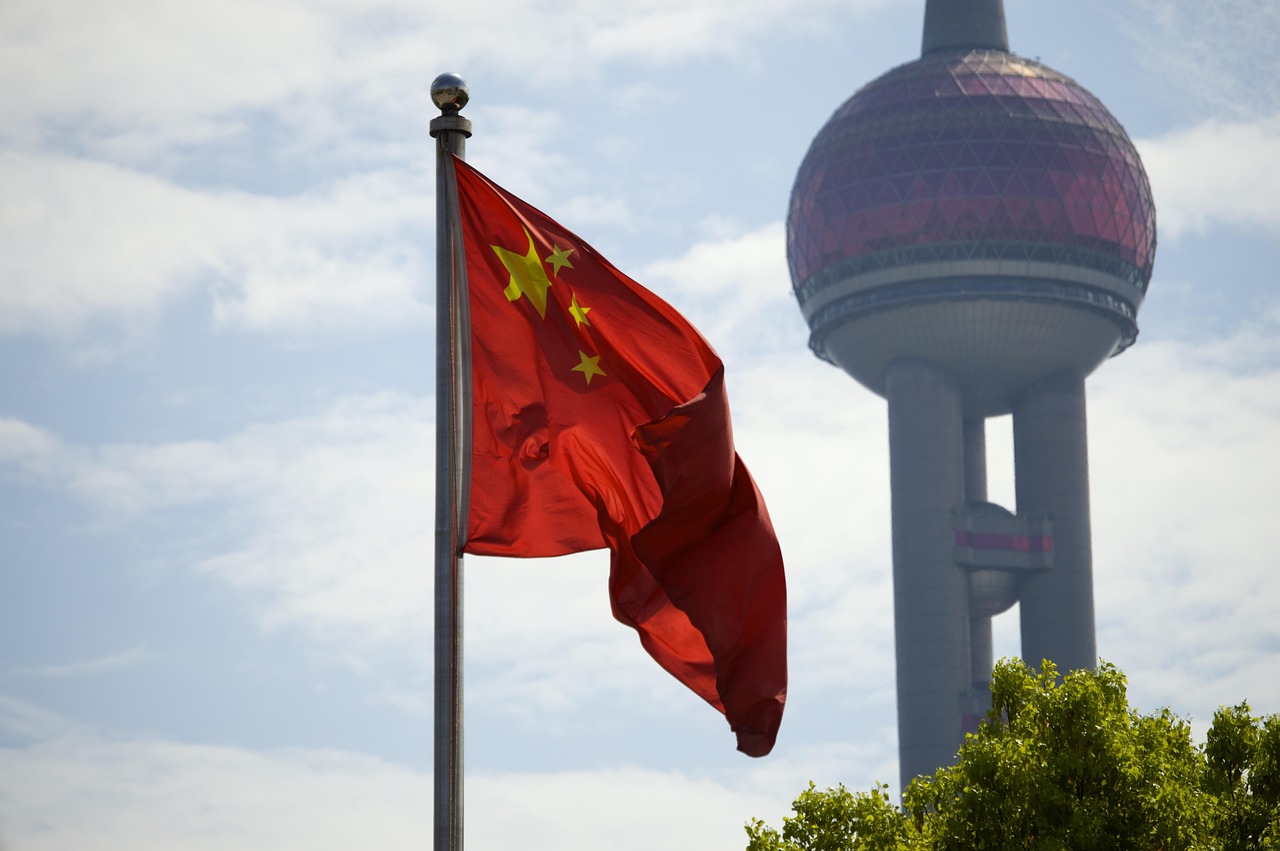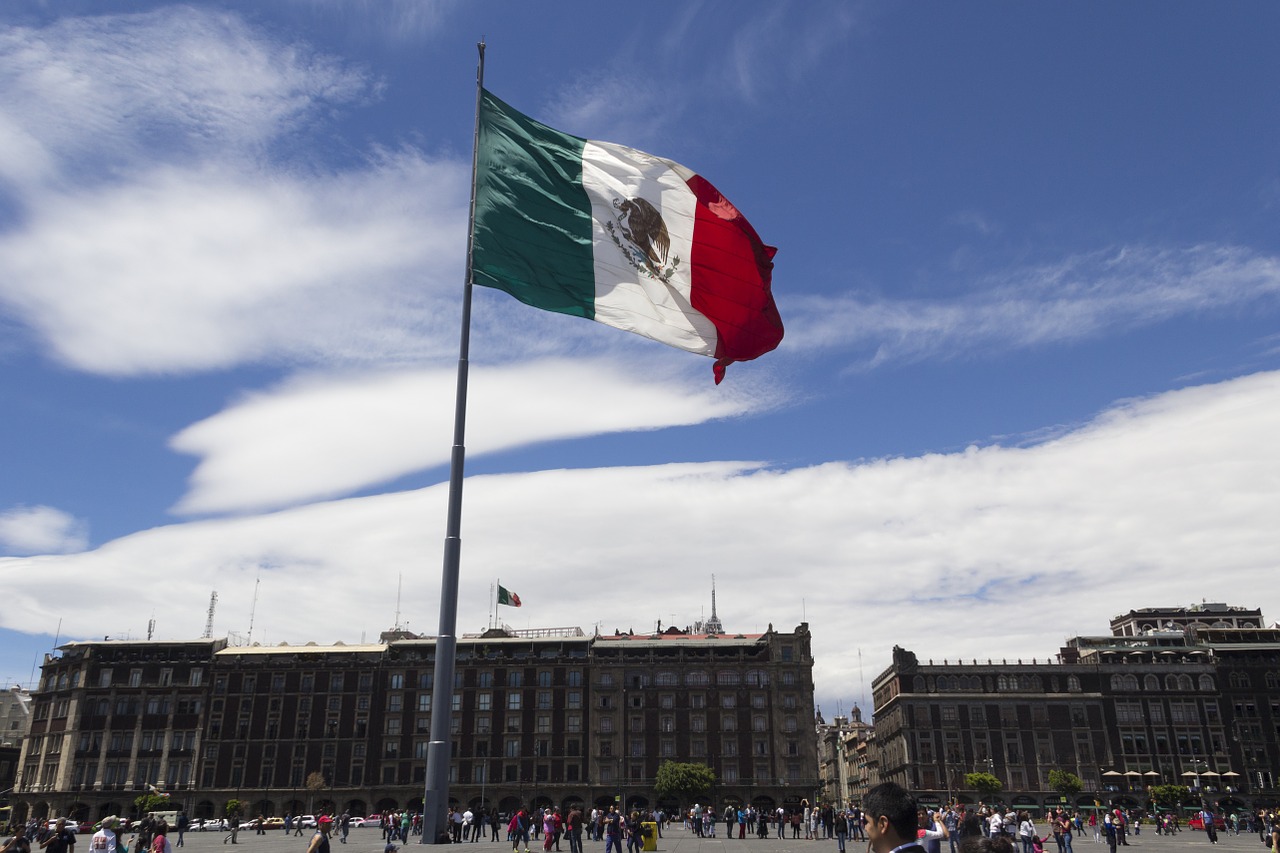China Mid-Year Economic Review and Outlook: Moderate Optimism in Equities and the Nation’s Transformation
After passing the halfway point of the year, it is time to assess China’s economic situation. The country’s GDP grew by 5.3% in the first half of the year compared to the same period in 2024, aligning with the government’s target. The deficit stood at 4% of GDP—its highest in thirty years—seemingly confirming the government’s intention to support the economic cycle through decisive industrial policies.
Beijing also announced a record trade surplus of around $586 billion, with exports growing 5.8% year-on-year in June, exceeding analysts’ estimates. Despite tariffs currently standing at 55%, China’s trade surplus with the United States rose to $114.77 billion by June, up from $98.94 billion a year earlier, once again surpassing market expectations. “This is a clear indicator of the resilience of Chinese companies: decoupling is a long-term process, and in many technology sectors, global dependence on China remains structural,” says Carlo Gioja, Portfolio Manager and Head of Business Development in Asia at Plenisfer Investments—part of Generali Investments—in his mid-year review of the Chinese economy.
However, to truly understand the country’s trajectory and the scope of its ongoing transformation, Gioja sees it as “crucial” to look beyond the numbers, as “this is where a new Chinese paradigm emerges.” More than ever, he argues, understanding China’s transformation requires “observing its contradictions simultaneously”: the real estate crisis and the growth of high technology; apparent consumer weakness and the rise of innovative business models; geopolitical tensions and the disruptive strength of key industrial sectors; and finally, local government fiscal crises alongside innovation-driven growth ambitions.
In this context, the expert sees selective opportunities in the country’s equity markets. He notes that the Chinese government has strengthened its commitment to support the domestic stock market by requiring major institutional investors to increase their allocation to onshore listed equities—those on the Shanghai and Shenzhen exchanges, denominated in RMB and traditionally reserved for local investors and a small group of institutions—by 10% annually over three years. Insurance companies are also required to allocate 30% of new premiums for this purpose.
“The government and the Party in China continue to adopt certain elements of a planned economy, but at the same time, they support market competition and believe in innovation as a lever for increasing productivity,” Gioja states. He believes the success of this approach largely depends on Beijing’s ability to manage the balance between central control and local initiative.
Even with U.S. tariffs, many sectors in which China holds a cost and scale advantage—batteries, electronic components, machinery, footwear, solar panels—remain competitive despite higher barriers to entry.
Despite this, “international capital remains predominantly speculative: even after the ‘DeepSeek effect’ earlier this year, long-term investors have yet to return in force.” The Plenisfer expert notes that a market dominated by speculative participants tends to be more volatile and less efficient in pricing the potential of top companies. Therefore, he believes current valuations in some cases offer good opportunities for future gains.
“China may seem like a multifaceted enigma, difficult to grasp at a glance. However, it is precisely in the complexity of its manufacturing, technological, and cultural ecosystems that selective opportunities lie for the patient and well-informed investor,” he concludes.
Nicholas Yeo, Head of China Equities at Aberdeen Investments, is somewhat more optimistic. He continues to see an improving environment for his fundamental approach in China’s equity markets, which gives him confidence for the remainder of the year.
Yeo also notes that the onshore equity market “is playing an increasingly important role in Chinese society” and that reforms and policy support for the markets are ongoing. “The market is an important mechanism to channel capital into innovation-related sectors,” he says, adding that he continues to see a growing number of opportunities in the A-share space.
In this landscape, he maintains a positive bias following the policy shift at the end of last year: external pressure could lead to a stronger focus on domestic stimulus, which is key to economic recovery. “Recent policies such as the fight against ‘involution’ suggest that authorities are taking steps to protect the economy,” he states.
“There is abundant liquidity in the system, with bank deposits equivalent to the market capitalization of China’s A-share market. With low interest rates, retail investors will seek higher-yielding assets, and the stock market is the primary destination for this money given the current state of the real estate sector,” Yeo asserts.
Thus, he believes the Chinese A-share market is “on the verge of sustained performance,” supported by a potentially weakening U.S. dollar and attractive valuations—not only compared to the U.S. market but also to other emerging markets. “Despite reaching new highs, the valuation of the Chinese A-share market remains below its five-year average,” he adds.
Meanwhile, Vivek Bhutoria, Emerging Markets Equity Portfolio Manager at Federated Hermes Limited, advocates for putting U.S.–China trade tensions into context: exports to the United States account for less than 3% of China’s GDP, and consumer goods and electronics make up the majority of those exports. “Nevertheless, punitive tariffs are likely to negatively impact Chinese exports. However, they will also increase costs for U.S. importers—and potentially for consumers,” he argues.
If tariffs persist, leading emerging market countries and regions—particularly China, India, and Southeast Asia—are expected to continue growing at an annual rate of 4% to 6%, compared to a global GDP growth of 50 to 100 basis points, supported by structural reforms and fiscal stimulus. “China retains the fiscal capacity to stimulate growth and absorb excess capacity resulting from reduced exports if U.S. tariffs are punitive,” Bhutoria explains.
The expert acknowledges that his view on China has always been long-term, noting, “The lack of investor interest in China in recent years has presented us with attractive entry points to invest in high-quality companies trading at significant discounts to their intrinsic value.” At this point, he believes the market has “overpriced” the risks associated with Chinese equities and that even if President Donald Trump imposes punitive tariffs, “China has the capacity to grow into prosperity,” which is why he remains positive on the country.




